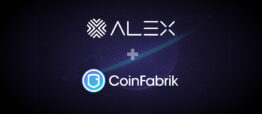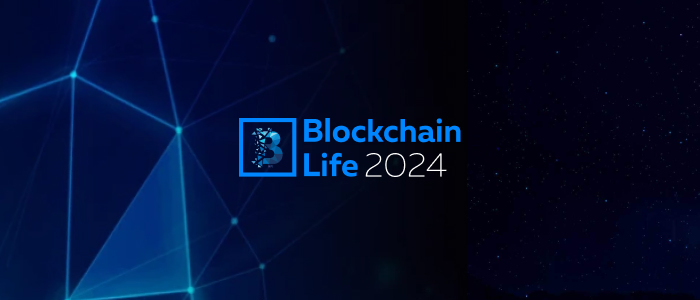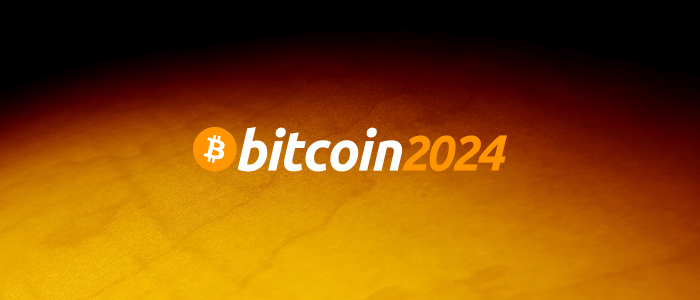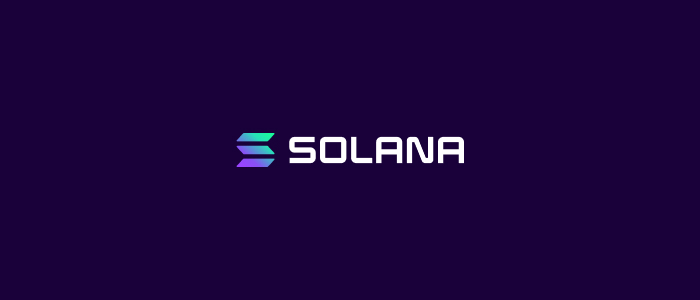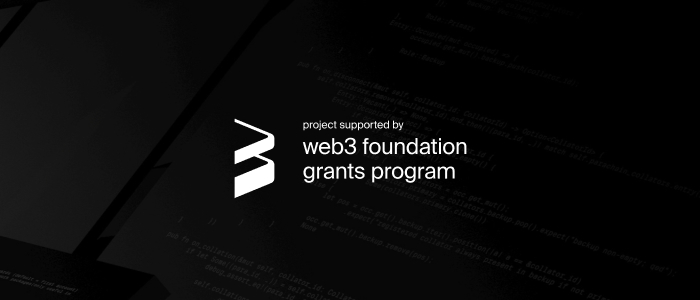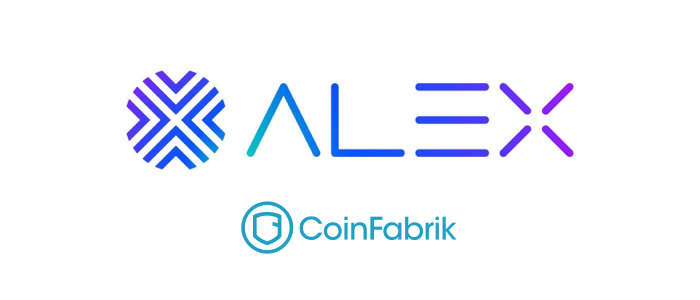Smart contracts are transforming finance, automating transactions without the need for intermediaries. They act instantly, following code without hesitation or second chances. The potential is huge, but so are the risks. This isn’t about quick wins—it’s about understanding what’s possible, what’s at stake, and how these tools can shape the future, for better or worse.
1. Yield Farming
Yield farming automates liquidity provision, allowing users to earn passive income by depositing tokens into decentralized exchanges like Uniswap and Curve Finance. Platforms like Harvest Finance streamline the process, automatically moving funds to the most profitable yield-generating pools. PancakeSwap has also gained traction, offering attractive farming rewards on Binance Smart Chain. While this strategy can produce high returns, changes in token value, impermanent loss, and smart contract vulnerabilities remain significant risks.
2. Staking
Staking has become a key mechanism for securing blockchain networks while allowing participants to earn passive income. Platforms like Ethereum 2.0 and Lido make it easy to stake assets and receive staking rewards while maintaining liquidity. Ether.fi enhances this further by offering natively re-staked tokens, allowing users to earn additional rewards while staying flexible. Many networks have expanded as staking participation grows, but users must consider lock-up periods and slashing risks before committing funds.
3. Flash Loans
Flash loans allow users to borrow large sums without collateral, provided the entire transaction is repaid within a single blockchain block. Leading platforms like Aave and dYdX enable traders to capitalize on arbitrage and refinancing opportunities in decentralized finance. These tools have enabled traders to generate significant returns within seconds, leveraging rapid price movements and market inefficiencies. However, the same mechanism has also been exploited in high-profile attacks, making security audits and understanding contract vulnerabilities essential before engaging in flash loan strategies.
4. Automated Trading Bots
Trading bots powered by smart contracts execute trades based on predefined strategies, responding to market fluctuations faster than any human trader. Platforms like Hummingbot and 3Commas provide automated solutions, helping users optimize arbitrage and market-making strategies. These systems have proven effective for those who fine-tune their trading algorithms to capitalize on price inefficiencies. 3Commas, in particular, offers portfolio tracking and AI-driven automation for risk management. While automation removes emotional bias, a poorly configured bot or a sudden market crash can result in rapid losses if risk controls are not in place.
5. NFT Rentals & Fractionalized Ownership
Smart contracts have introduced new ways to generate income through NFT rentals and fractional ownership, turning static assets into revenue-generating tools. Platforms like ReNFT allow NFT holders to rent out digital collectibles, gaming assets, and virtual land for passive income. Meanwhile,companies like Fractional.art makes it possible for investors to own shares of high-value NFTs, democratizing access to the NFT market. The ability to monetize digital assets through rentals and shared ownership has opened up new revenue streams, though liquidity concerns and market volatility remain major factors to consider.
6. Cross-Chain Arbitrage
Arbitrage traders exploit price differences across different blockchain networks by moving assets seamlessly between platforms using cross-chain bridges. Tools like Stargate and Synapse Protocol enable efficient asset transfers across multiple chains, helping traders maximize gains from fluctuating market prices. Stargate Finance provides deep cross-chain liquidity, reducing the risk of slippage while executing arbitrage strategies. While these opportunities can be lucrative, cross-chain bridges remain prime targets for exploits, making secure infrastructure and audited protocols crucial for success.
7. DAOs & DEFIs
DAOs revolutionize decentralized decision-making through smart contracts, allowing communities to pool capital and govern financial projects collectively. Platforms like MakerDAO, which manages the DAI stablecoin, demonstrate how decentralized governance can oversee billion-dollar treasuries effectively. DAOstack provides a framework for decentralized organizations, allowing transparent and programmable decision-making processes. Money On Chain is a DeFi protocol on Bitcoin’s RSK network that enables stablecoin issuance and decentralized lending. It offers DoC, a Bitcoin-backed stablecoin, and BTCX, a leveraged Bitcoin token. The system ensures stability while enabling BTC holders to generate passive income.These organizations have successfully governed DeFi projects, but power concentration among large token holders remains a concern, as governance votes are executed precisely as written, without room for intervention if flaws arise.
8. Tokenized Real-World Assets
The tokenization of real-world assets like real estate, commodities, and securities has expanded investment opportunities on the blockchain. Platforms like RealT allow investors to own fractional shares of rental properties, generating passive income from real estate-backed tokens. Meanwhile, Synthetix enables synthetic asset trading, mirroring traditional financial instruments on the blockchain. These innovations bring liquidity and accessibility to previously illiquid markets, but regulatory challenges and enforcement of digital ownership remain key concerns that investors must navigate carefully.
9. Perpetual Swaps & Leverage Trading
Decentralized perpetual trading allows users to open long or short positions with leverage, providing exposure to market movements without needing to hold the underlying asset. Platforms like dYdX and GMX offer decentralized and non-custodial perpetual futures trading with high liquidity. dYdX processes billions in monthly trading volume, showing strong demand for decentralized derivatives. However, leverage amplifies both gains and losses, and liquidation mechanisms are unforgiving, making proper risk management strategies essential for long-term success.
10. Insurance Smart Contracts
Decentralized insurance protocols protect against hacks, smart contract failures, and liquidity crises, automating payouts when predefined conditions are met. Platforms like Nexus Mutual and InsurAce offer coverage tailored to DeFi users, mitigating risks associated with protocol exploits and lost funds. Nexus Mutual has already paid out millions in claims, demonstrating the effectiveness of decentralized risk management. However, policy exclusions and coverage limitations require users to carefully evaluate terms before relying on these solutions to safeguard their investments.
Conclusion
Smart contracts continue to redefine finance, offering tools that automate wealth creation, remove intermediaries, and unlock new economic models. Platforms specializing in staking, yield farming, flash loans, cross-chain trading, and decentralized insurance are driving innovation at an unprecedented pace. However, these automated systems execute precisely as written, making risk assessment and strategic planning essential. Those who take the time to master these technologies will gain financial autonomy, while those who enter blindly may face costly missteps. The decentralized future is here—success depends on how well you navigate its opportunities and challenges.



